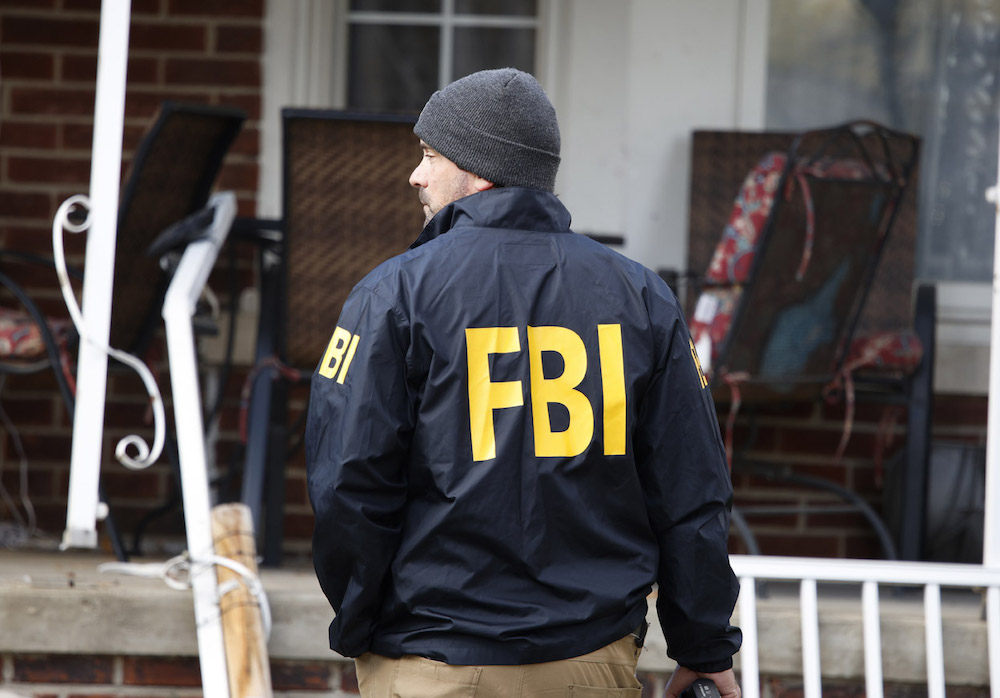The agency knew why the victims were kidnapped in 2010 by the Zetas drug cartel from a Holiday Inn in Mexico, but it did nothing to investigate or help. The victims’ friends and relatives now wonder why
By Ginger Thompson
ProPublica
At about 2 a.m. on April 21, 2010, a convoy of gunmen working for the Zetas drug cartel, one of the most violent drug trafficking organizations in the world, rolled into Monterrey, Mexico, a wealthy, bustling city considered that country’s commercial capital. With brazen efficiency, they set up roadblocks at all major thoroughfares, then sent a convoy of sport utility vehicles downtown, encircling a Holiday Inn.
The heavily armed men, some wearing ski masks, swarmed into the hotel’s lobby and rushed directly to the fifth floor, bursting into every room and rousting the guests from their beds. The gunmen questioned the guests, then separated four of them from the rest: a marketing executive at an eyewear company, a chemical engineer for a cosmetics manufacturer, a shoe salesman expecting his first child, and a college professor who was the mother of two.
Then the four were loaded, along with the hotel’s receptionist, into the gunmen’s vehicles and driven away. None of the hostages has been seen since. All are presumed dead.
For years, their relatives and friends begged for answers. Why were their loved ones — ordinary middle-class Mexicans with no known criminal ties—targeted in this spasm of drug violence? The marketing executive’s family futilely negotiated and paid a ransom before the Zetas cut off contact.
“We could never figure out why they were taken. What made them so important?” said David Anabitarte, the marketing executive’s supervisor and one of his best friends. “It was hard to accept what had happened because it never made any sense.”
Mexican authorities initially insinuated that the victims had brought on their own demise, adding insult to grief. The college professor, they alleged, may have been involved in a romantic relationship with one of the Zetas’ rivals. And they speculated that the marketing executive, who had managed to lift his family into the upper middle class, might have had some connection to the drug trade. Without any credible explanations for why the Zetas would move military-style through a major metropolitan city to kidnap random guests at a budget hotel, some of the people close to the victims began to believe that too.
“I remember sitting silently as some of Luis’ own relatives said that he must have had a secret life,” Anabitarte recalled. “It was unbearable. I knew it wasn’t true.”
Indeed, it wasn’t. And one law enforcement agency knew that for sure: the U.S. Drug Enforcement Administration. U.S officials describing for the first time what happened at the Holiday Inn said up until the day before the inexplicable kidnappings, the DEA had been running a surveillance operation out of the Holiday Inn. Staying at the hotel were several members of the Sensitive Investigative Unit (SIU), a team of Mexican federal police officers specially trained and vetted by the DEA. The team had been working undercover, trying to track the movements of a Zetas leader named Hector Raul Luna, who was known as “El Tori.” But Luna found out about the operation and sent his gunmen to the Holiday Inn to shut it down.
The DEA didn’t hang around to figure out how the tables had been so violently turned. It evacuated the SIU officers from Monterrey, and never looked back at the innocent people who weren’t so lucky. The agency never revealed its role in what had happened to either local or federal authorities. It didn’t offer to help investigate the incident, or to use its surveillance capabilities to track the kidnappers. Nor did it turn its scrutiny inward to figure out whether the intelligence leak that had drawn the Zetas to the Holiday Inn had come from within the SIU.
The DEA’s connection to the Holiday Inn attack, which has not been previously reported, was not an isolated incident. A deeper look at the agency’s Mexican SIU has found a decade of problems that have cost people’s lives. In June, ProPublica and National Geographic published a detailed investigation of a 2011 massacre that occurred in and around a small Mexican ranching town called Allende, less than an hour’s drive from the Texas border. The rampage there, like that in Monterrey, was also carried out by the Zetas, and was sparked, ProPublica determined, by a leak of intelligence provided to the SIU.
The Allende death toll, however, was far greater. Victims’ advocates say as many as 300 people are dead or missing. ProPublica found evidence of as many as 60.
In addition, according to interviews with numerous current and former DEA agents, the SIU itself has been plagued by infiltrations and attacks. Since 2007, most of the unit’s Mexican supervisors have either been compromised by payoffs and bribes from various drug traffickers, or killed in ways that strongly suggest they were inside hits. One of the supervisors, Ivan Reyes Arzate, was indicted earlier this year in a federal court in Chicago on charges of sharing sensitive information with drug traffickers.
To read more click here.






